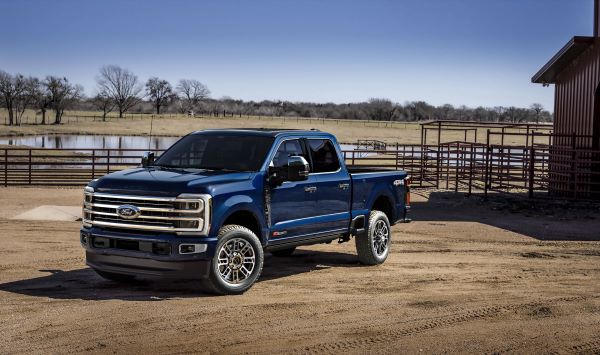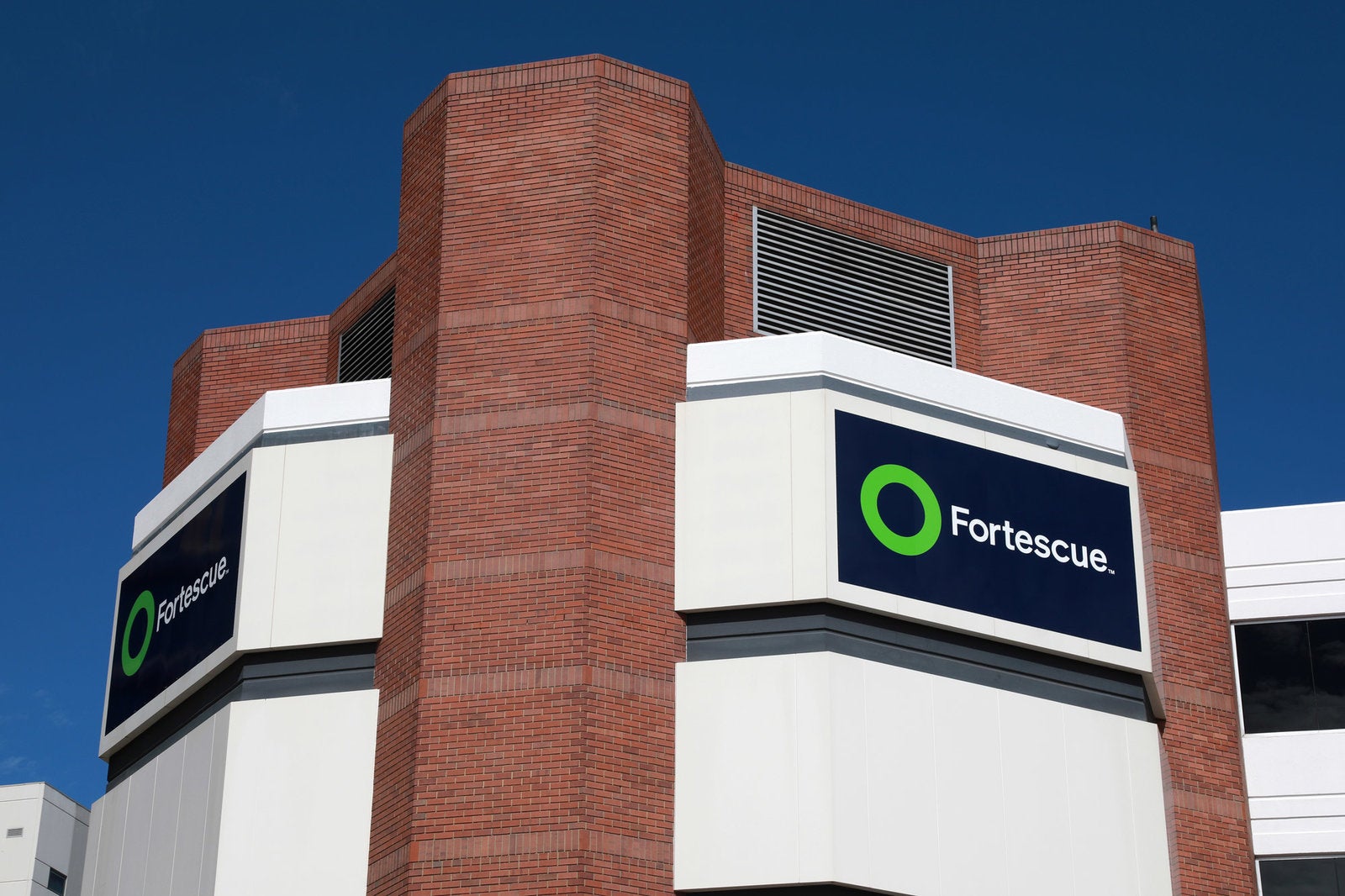Sign up for daily news updates from CleanTechnica on email. Or follow us on Google News!
Around the world, there is a huge fleet of coal power plants that will reach the end of their lifecycle over the next couple of decades. South Africa is one of places where a fleet of over 20GW is set to be decommissioned over the next couple of decade. In order to ensure a just transition that looks into how the local communities in these coal ecosystems will not be disenfranchised, leaving ghost towns, etc., several proposals have been discussed by stakeholders in various places around the world.
Some of these proposals include:
- replacing these coal plants with Small Modular Reactors, leveraging the existing grid infrastructure
- installing large utility-scale battery storage to support the integration of variable renewables as well as other grid support services, and using the large tracts of land around these areas to install solar PV. This solar PV can then also leverage the existing grid infrastructure to feed the much needed clean electricity into the grid. This large-scale solar can also be funded by independent power producers via private off-taker agreements with high energy consumers through electricity wheeling arrangements.
HDF Energy (Hydrogène de France), a developer of large-scale green hydrogen infrastructure and manufacturer of high-power fuel cells, now wants to add a green hydrogen ecosystem to this mix of solutions. South Africa’s Mpumalanga province has been the major center of South Africa’s electricity generation mix due to its coal resources. HDF has secured 1,782 hectares within South Africa’s national power utility company Eskom’s Land Lease Tender to develop Green Hydrogen baseload power plants in Mpumalanga. HDF says these plants have the potential to grow to become the largest green hydrogen plants in he world. The plans involve setting up across various sites around the Tutuka and Majuba coal power stations.
Before we get into the details of the proposed Mpumalanga project, here is a look a how some of HDF’s plants work. HDF has developed two models for its multi-megawatt power plants:
- (POWER TO POWER): Firm, dispatchable, and stable electricity generation from an intermittent renewable source using locally produced green hydrogen
- (GAS TO POWER): On-demand power generation from green hydrogen from gas transportation networks or any other green hydrogen projects locally implemented
These types of projects tend to have a combination of solar PV panels, electrolyzers for green hydrogen production and storage, high power fuel cells, and lithium-ion batteries. This is how the systems work:
- The Solar Power Plant generates the carbon-free primary source of electricity for the Renewstable® Power Plant when the sun is shining.
- The Battery Storage provides the end of the day peak power and, in combination with the hydrogen storage, ensures the stability of the electricity service.
The long-term H2 Storage System:
- converts electricity from the photovoltaic park into hydrogen using an electrolyzer system during the day, turning water and oxygen into hydrogen
- stores the gaseous hydrogen produced in horizontal metallic tanks
- produces electricity from stored hydrogen using a Hydrogen Fuel Cell during the night
HDF says its Renewstable® power plant is designed to offer clean baseload power with essential grid stabilizing services in areas where geothermal or hydropower is not available. The plant harnesses the sun’s energy through a solar park and/or wind energy via a wind farm, producing and storing green hydrogen through water electrolysis, and converting it to electricity on-demand, 24 hours a day, using HDF’s proprietary multi-megawatt fuel cells.
For the proposed Mpumalanga project, the setup will have 1,500MW of solar PV combined with 3,500MWh of hydrogen storage. HDF’s Dexter King shared this update via his LinkedIn. This setup is envisioned to provide about 500MW to the grid on a 24/7 basis. HDF says this 500MW is equivalent to half a stage of load-shedding.
It is an interesting concept, What are your thoughts on this approach to repurpose the areas around old coal power plants with green hydrogen and storage? Let us know in the comments section.
Image courtesy of HDF
Have a tip for CleanTechnica? Want to advertise? Want to suggest a guest for our CleanTech Talk podcast? Contact us here.
EV Obsession Daily!
I don’t like paywalls. You don’t like paywalls. Who likes paywalls? Here at CleanTechnica, we implemented a limited paywall for a while, but it always felt wrong — and it was always tough to decide what we should put behind there. In theory, your most exclusive and best content goes behind a paywall. But then fewer people read it!! So, we’ve decided to completely nix paywalls here at CleanTechnica. But…
Thank you!
Tesla Sales in 2023, 2024, and 2030
CleanTechnica uses affiliate links. See our policy here.





